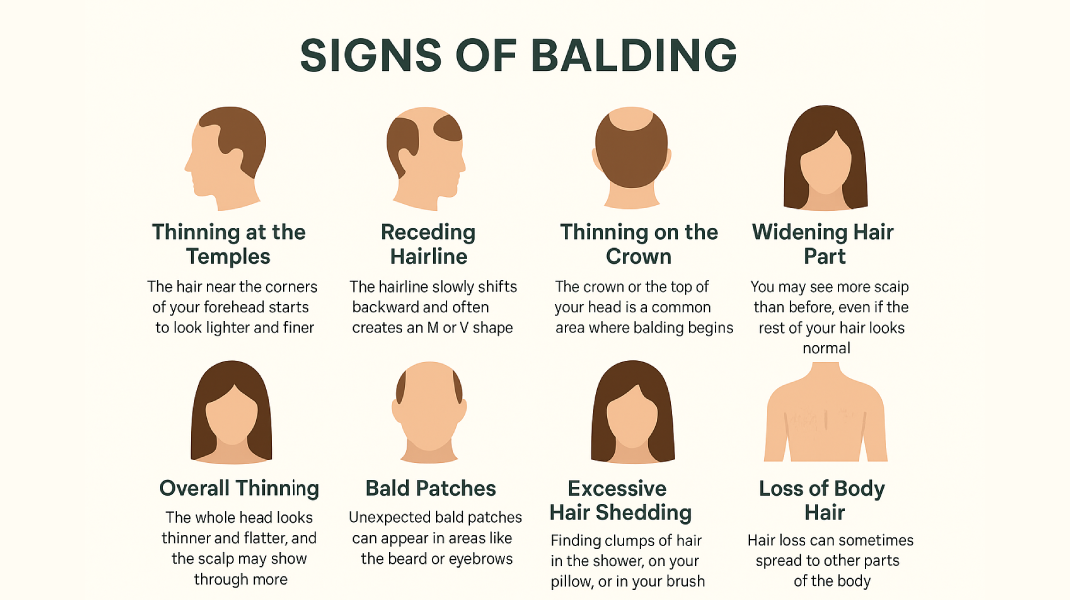Hair loss often starts slowly. You may see a little thinning near your forehead, a wider parting, or more scalp showing under light. These are early symptoms of baldness that many people miss. Spotting them early gives you a better chance to slow it down or even prevent it.
Think about this: one day you style your hair, and it just doesn’t sit the same. You brush it, and more strands fall out than usual. You wonder, is this normal shedding or the first signs of balding? This is where awareness matters.
The good news is, you do not need to panic. By knowing what balding looks like at the start, you can act sooner. In this guide, we will show you all the early symptoms of hair loss, how to tell if you’re balding, and what steps you can take before it gets worse.
Why Does Spotting Balding Early Matter?
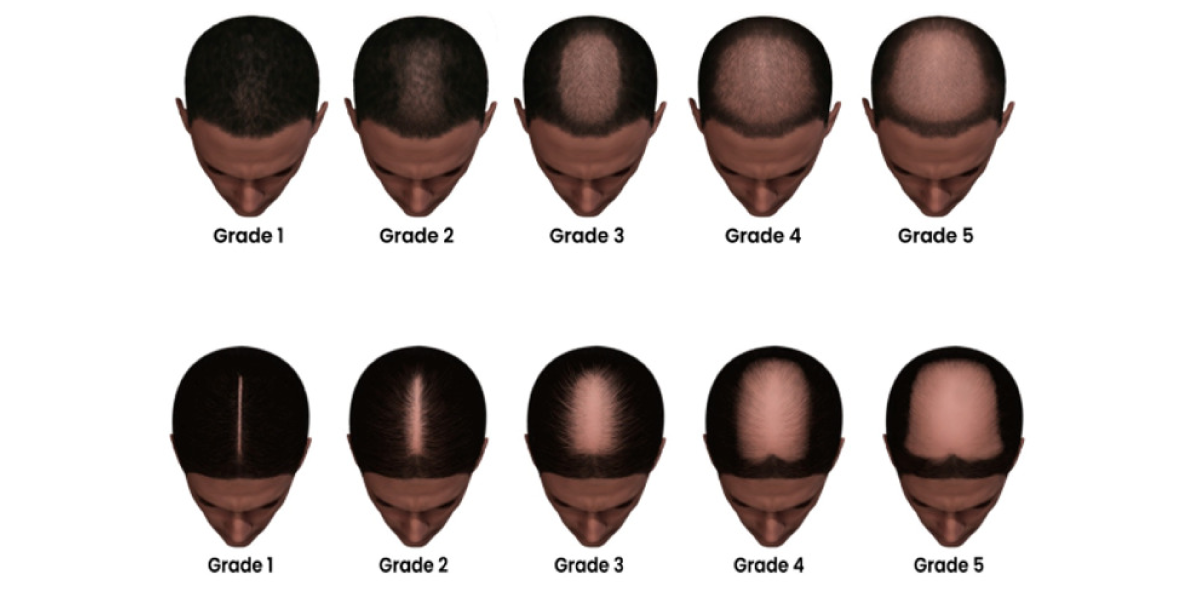
Catching the first signs of balding gives you more options. Early symptoms of hair loss are easier to treat compared to late stages. When you notice the changes early, you can slow them down, try treatments, and sometimes even regrow your hair.
So, What are the Early Signs of Balding?
Hair loss does not usually happen overnight. It starts with small changes that many people overlook. If you know how to tell if you’re balding, you can act before it becomes too noticeable.
Let’s go through each early sign one by one in detail.
-
Thinning at the Temples
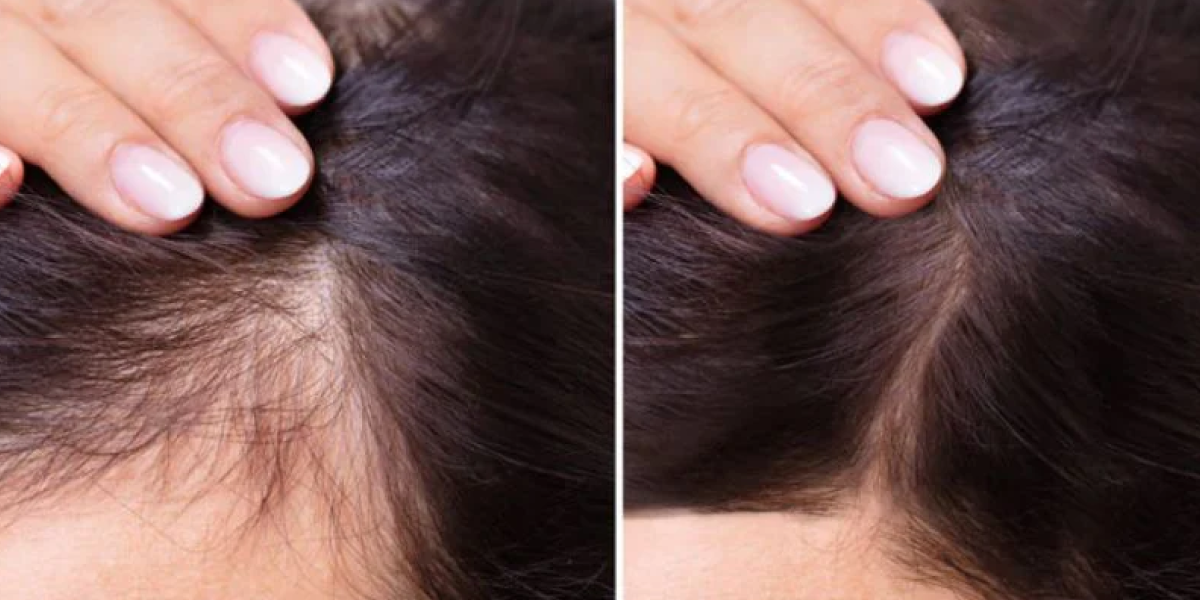
One of the first signs of balding is thinning around the temples. The hair near the corners of your forehead starts to look lighter and finer. At first, it may only be a slight difference that you notice when styling your hair.
Over time, the thinning area spreads and can connect with other bald spots. Many men see this as the first change, and it is a strong signal that the process has begun.
-
Receding Hairline
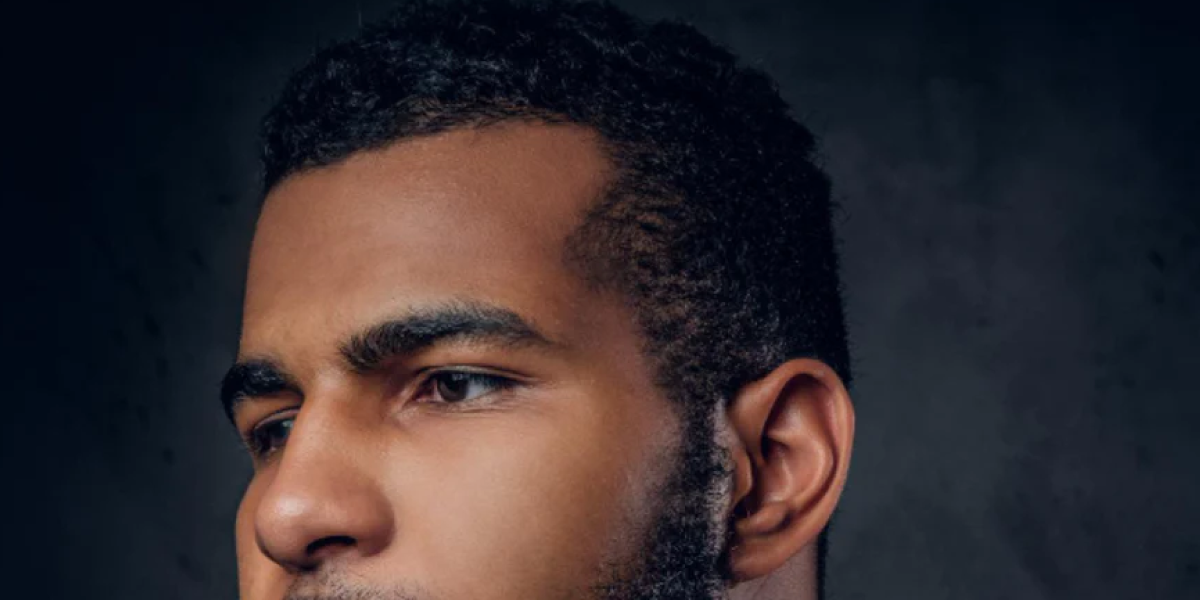
A receding hairline is one of the clearest signs of balding in men. The hairline slowly shifts backward and often creates an M or V shape. For some people, it starts at the corners, while for others, the entire front edge moves back. Because it happens slowly, you may not notice right away. Looking at old photos side by side with the mirror often makes the change easier to see.
-
Thinning on the Crown
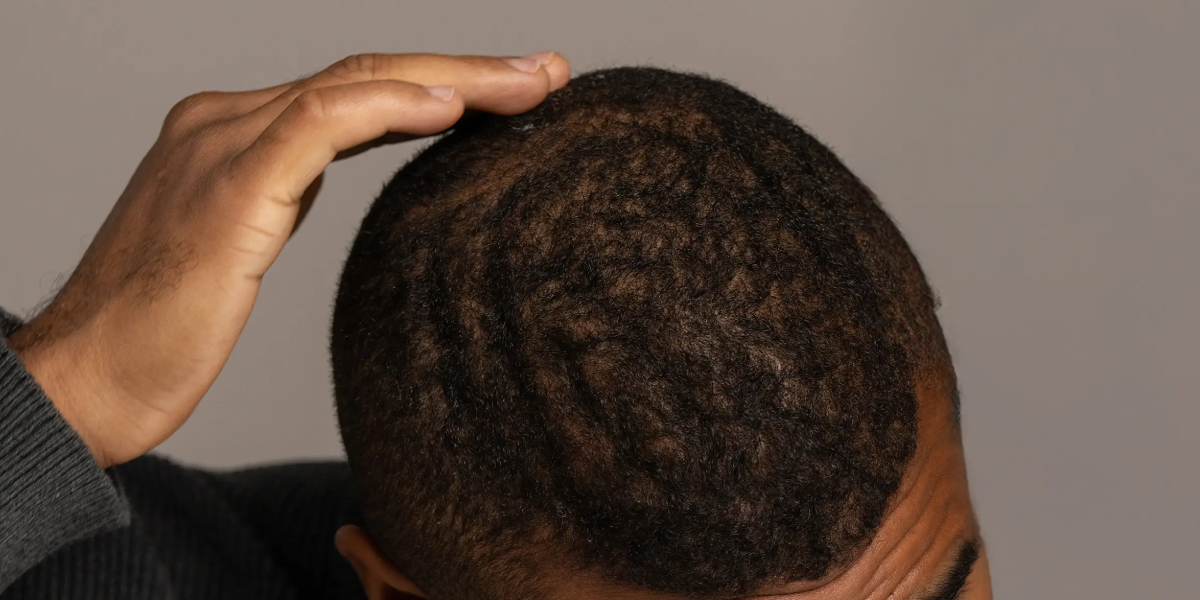
The crown, or the top of your head, is another common place where balding begins. So, what does hair loss look like on the crown? At first, it might just look like your scalp is reflecting more light or your parting seems wider. As time goes on, the thinning area grows larger and forms a visible bald patch. This is a common early symptom of hair loss in both men and women.
If your goal is faster and stronger growth, you can also see our list of the best shampoos and conditioners for hair growth.
-
Widening Hair Part
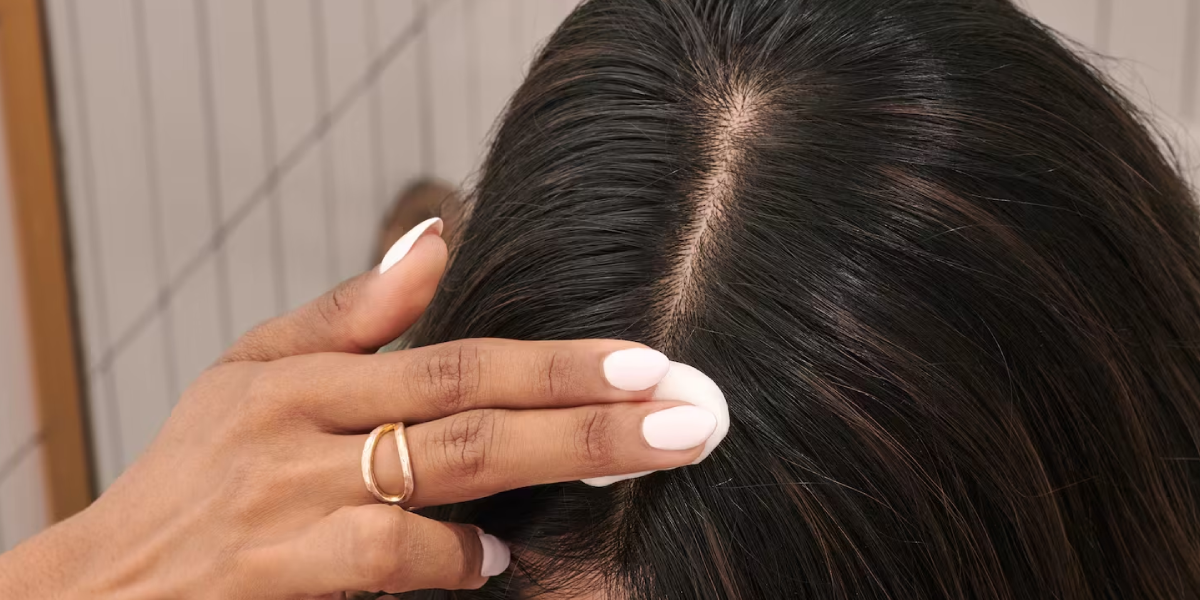
If you part your hair, pay attention to the line. A widening hair part is a subtle but important sign. You may see more scalp than before, even if the rest of your hair looks normal. This is often one of the early symptoms of hair loss in women, because their hair tends to thin across the scalp instead of forming clear bald patches. Still, men can also experience this change.
-
Overall Thinning
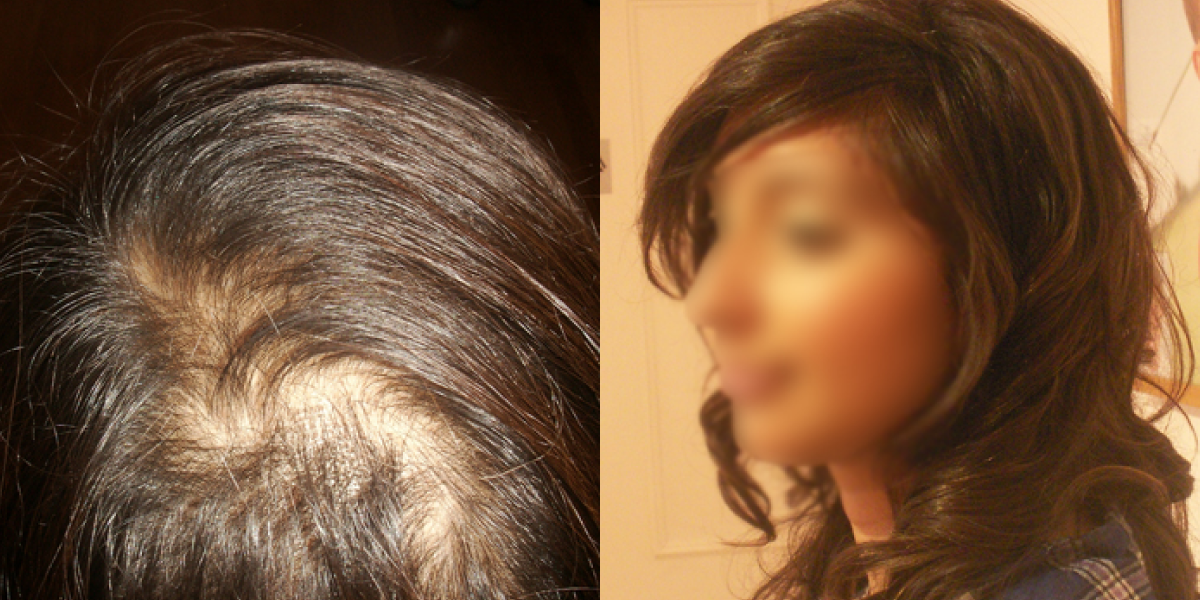
Sometimes the hair does not fall in just one area. Instead, the whole head looks thinner and flatter. You may feel like your hair has lost volume and your styles do not hold as well. The scalp may also show through more easily in bright light.
This type of thinning can happen from genetics, stress, or poor nutrition. If you are wondering which vitamin deficiency causes hair loss, it is often linked to iron, vitamin D, and B vitamins.
Eating a balanced diet can help slow down this type of loss.
-
Bald Patches
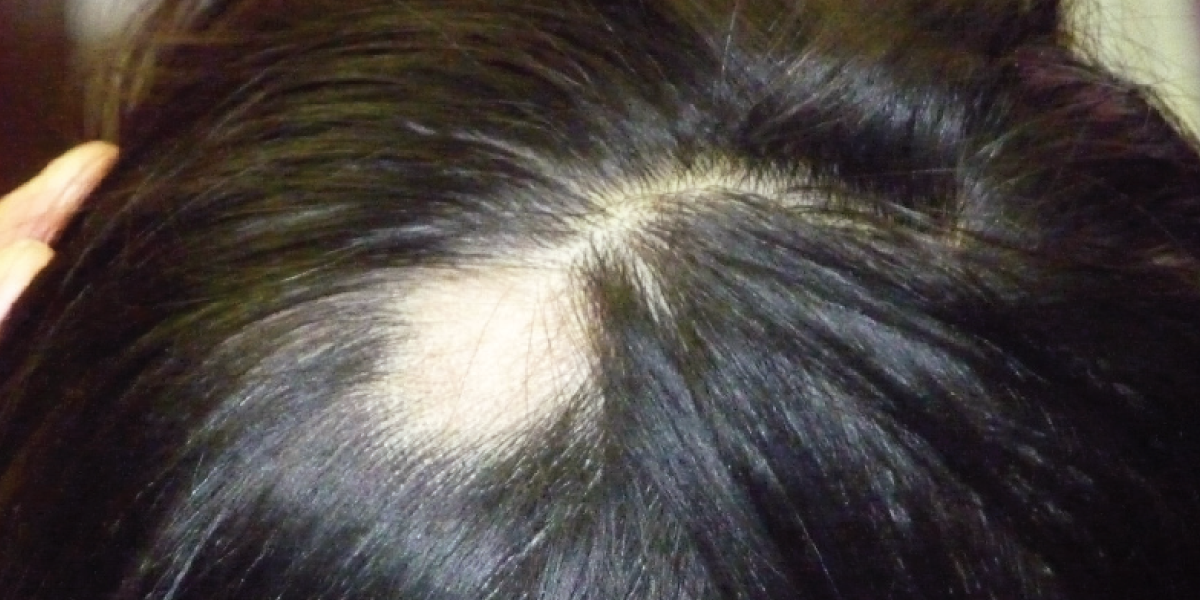
Sudden bald patches can be worrying. These usually happen with conditions like alopecia areata, where the immune system attacks the hair follicles. Unlike genetic balding, these patches can appear anywhere on the scalp, and sometimes even in the beard or eyebrows. The patches are often round and smooth, and they may show up quickly. If you notice this, it is a good idea to speak with a doctor.
-
Excessive Hair Shedding
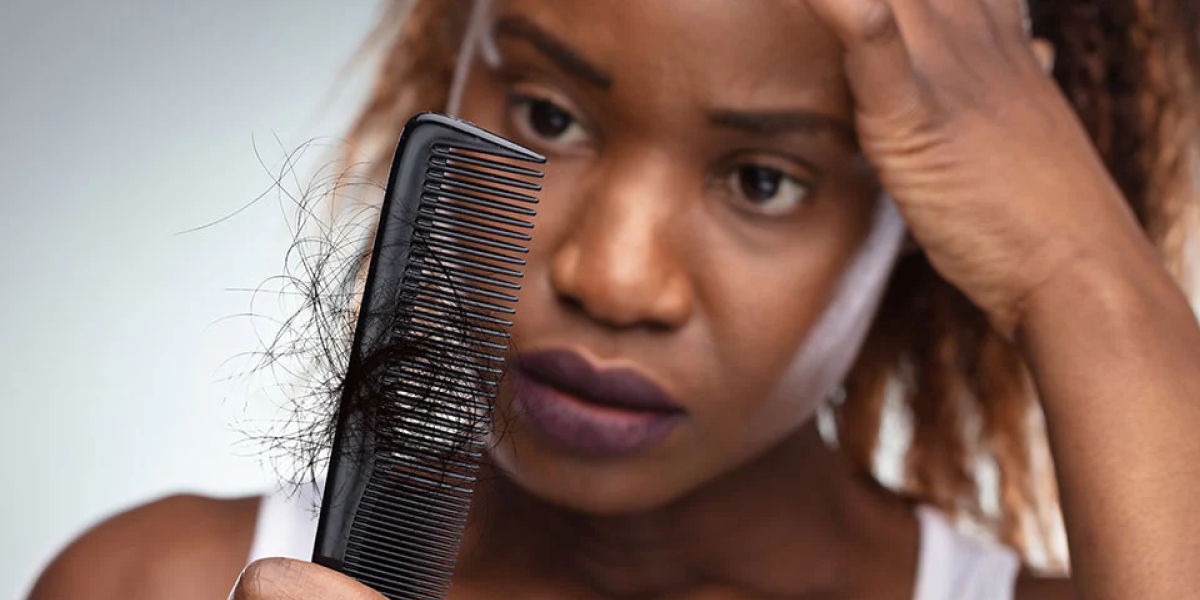
It is normal to lose about 50 to 100 hairs each day. But if you see more than that, it could be an early symptom of baldness. Finding clumps of hair in the shower, on your pillow, or in your brush is a warning sign. This type of shedding often happens due to stress, sudden illness, or major hormonal changes. While it can be temporary, keeping an eye on the amount of shedding is important to know if it is turning into real hair loss.
-
Loss of Body Hair
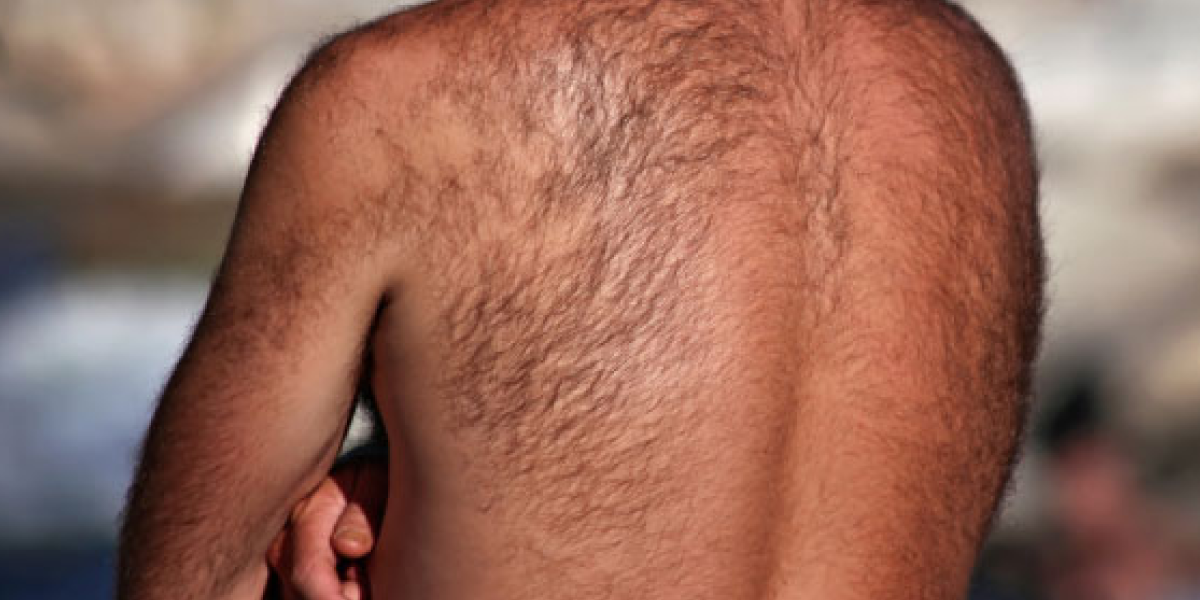
Hair loss is not always limited to the scalp. Sometimes it spreads to other parts of the body, such as the arms, legs, chest, or eyebrows. This is often linked to medical conditions like thyroid problems or autoimmune diseases. If you notice body hair thinning along with scalp hair loss, it is best to see a doctor. It usually points to a deeper health issue that needs attention.
If you ever wonder why your hair is not growing, we’ve shared simple reasons and fixes in another guide.
Norwood Scale: Stages of Male Pattern Baldness
The Norwood Scale shows how hair loss grows over time. It is mainly used for signs of balding in men. The scale has seven stages that explain what balding looks like from start to finish.
| Stage | Description |
| Stage 1 | No visible hair loss. Hairline looks normal. |
| Stage 2 | Slight recession at the temples. Hairline starts to form an M shape. |
| Stage 3 | Deeper hairline recession and thinning at the temples. Bald spots may appear. |
| Stage 4 | Bald spot on the crown with more temple loss. |
| Stage 5 | Crown and temple spots get bigger and closer. |
| Stage 6 | Bald areas on the crown and front connect, leaving little hair on top. |
| Stage 7 | Only a thin band of hair remains on the back and sides. |
Women usually do not follow this pattern. The signs of balding in women are more spread out, with thinning across the scalp instead of patches.
Want to make your strands fuller? Check our tips on how to get thicker hair in easy steps.
What are the Signs of Balding at a Young Age?
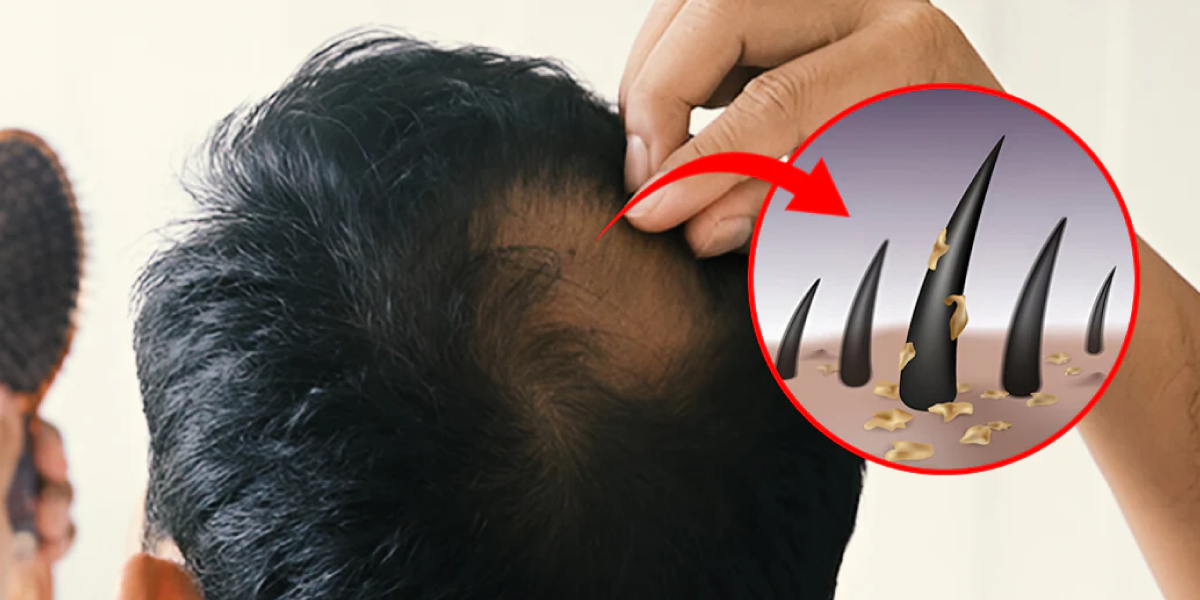
Balding is not just for older people. Many young adults start noticing hair thinning earlier than expected. Some people see it around 20, while others might notice changes at 18, 16, or even 15.
Family history plays a big role, so if your parents or grandparents experienced hair loss, you might spot the first signs sooner. Look for a receding hairline, thinner temples, or hair falling more than usual.
Catching it early gives you a better chance to slow it down or prevent further loss.
What is Not a Sign of Balding?
Not every hair problem means you are balding. Things like an itchy scalp, dandruff, dry hair, or split ends do not cause permanent hair loss. Having a widow’s peak is normal and just a hairline shape. Also, losing a few hairs every day is normal. The important thing is to watch for steady changes in your hair over time.
What are the Causes Behind Balding?
Balding happens for many reasons.
- Genetics: The most common reason, called androgenic alopecia, is often seen in a balding man.
- Hormonal changes: PCOS, thyroid problems, menopause, or pregnancy.
- Stress and illness: Big stress, fever, or surgery can trigger temporary shedding.
- Medical conditions: Alopecia areata, scalp infections, or scarring.
- Nutritional deficiencies: Poor diet and lack of vitamins or minerals.
- Medications: Certain drugs for cancer, arthritis, or blood pressure.
- Hair damage: Tight styles, harsh chemicals like silicone for hair, or burns.
When to See a Doctor
See a doctor if you notice sudden bald patches, clumps of hair falling out, or pain and swelling on the scalp. If you lose body hair or notice changes along with weight loss or fever, it may be a medical issue. Acting fast makes a big difference.
How to Prevent Balding
You can’t stop hair loss from genes, but you can lower other risks. Keep your hairstyles loose. Avoid too much heat styling. Massage your scalp gently to boost blood flow.
Eat healthy food with enough nutrients. Quit smoking because it harms hair, too. If you’re on chemo, a cooling cap may help. If medicines cause hair loss, ask your doctor for options.
Treatment Options for Balding
Some treatments slow down hair loss, while others regrow hair.
- Minoxidil: A topical solution available in stores.
- Finasteride or Dutasteride: Prescription tablets for men.
- Spironolactone: Used for women with hormonal causes.
- Laser therapy: Improves thickness for some people.
- PRP injections: Boost growth with your own blood plasma.
- Hair transplant: Moves hair from one area to bald spots.
- Stem cell therapy: New but promising treatment.
- Lifestyle care: Gentle hair care, a healthy diet, and less stress.
The right products matter a lot. We’ve picked the best shampoo and conditioner for thinning hair that really helps.
Wrapping Up
So, to sum it up, the signs of balding can show up in different ways. From thinning temples to widening parts or bald patches, every small change tells a story. The Norwood Scale helps you see how balding in men usually progresses. For women, thinning spreads differently. Even signs of balding at a young age, like 15 or 20, should not be ignored. If you catch the early symptoms of hair loss, you have more ways to fight it. The sooner you act, the better your results. Talking to a doctor or hair specialist is always a smart move.
Also, at Salon Essentials, we offer safe and high-quality haircare products based on different hair types. We focus on keeping your hair strong, healthy, and beautiful every day.
For an Order, please call us at 504-214-4089.
FAQs
|

